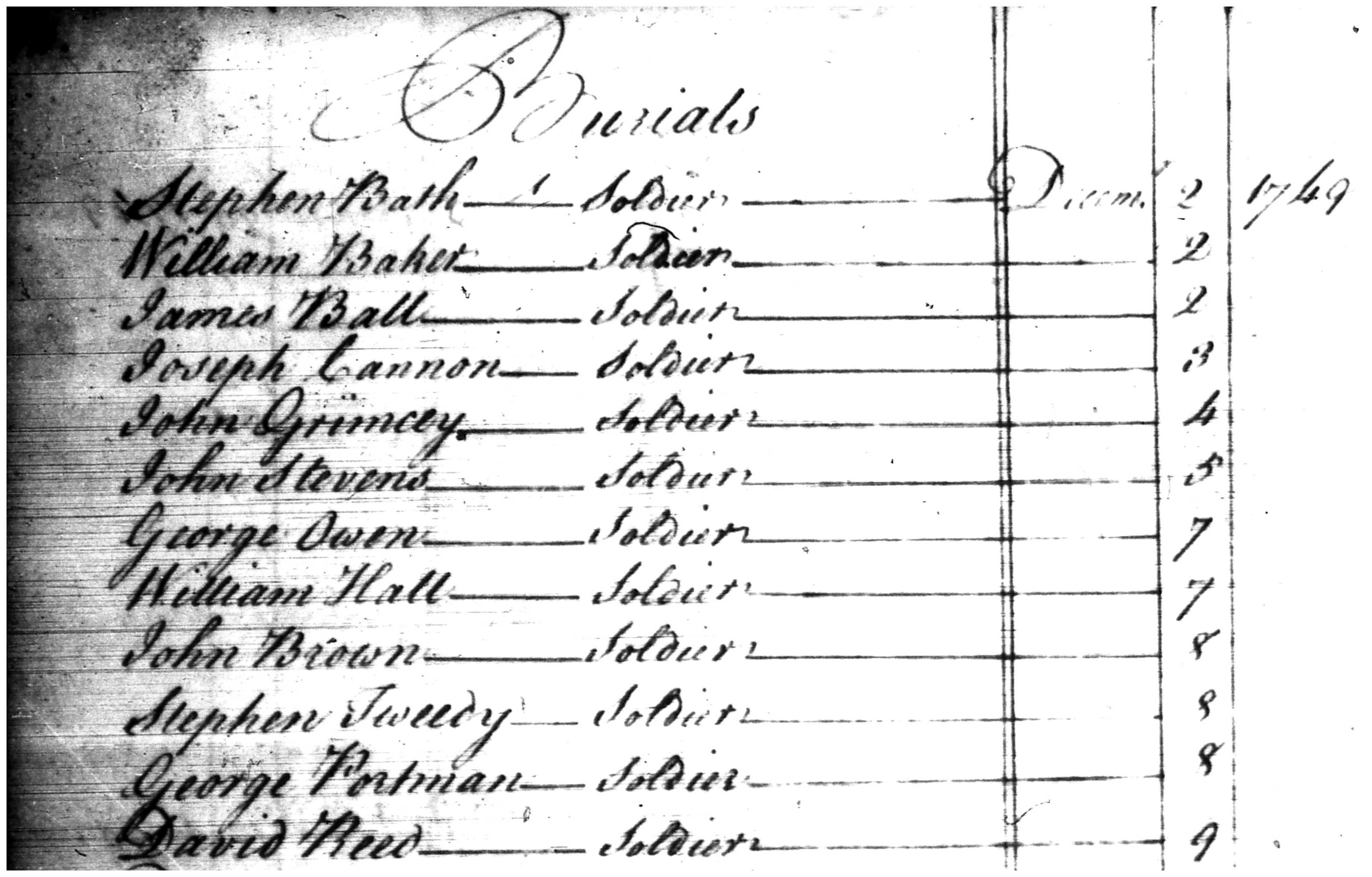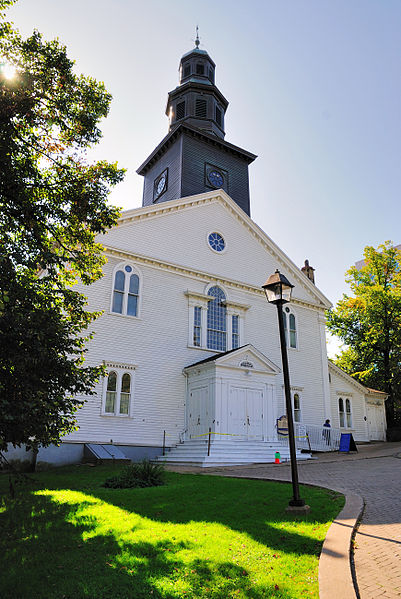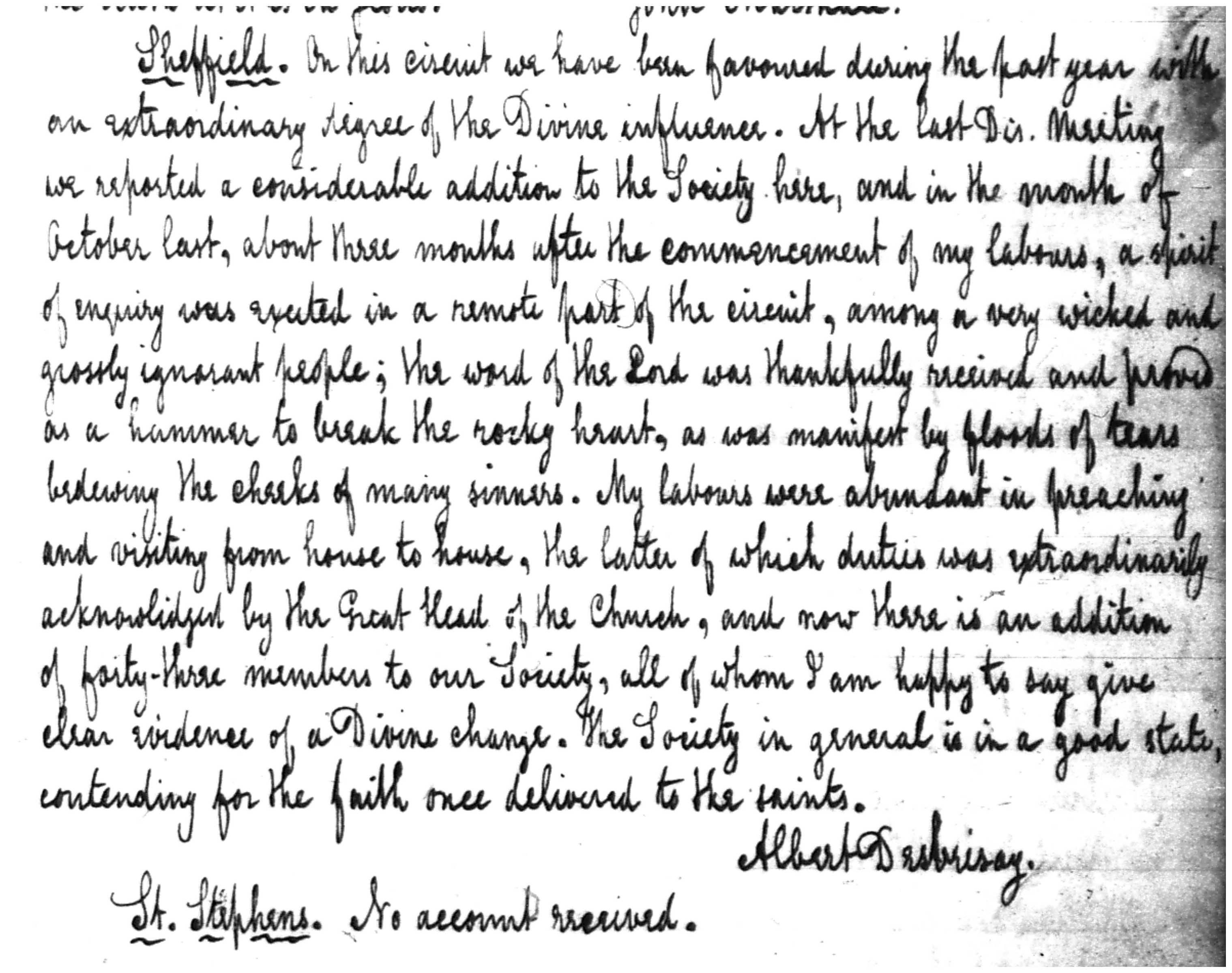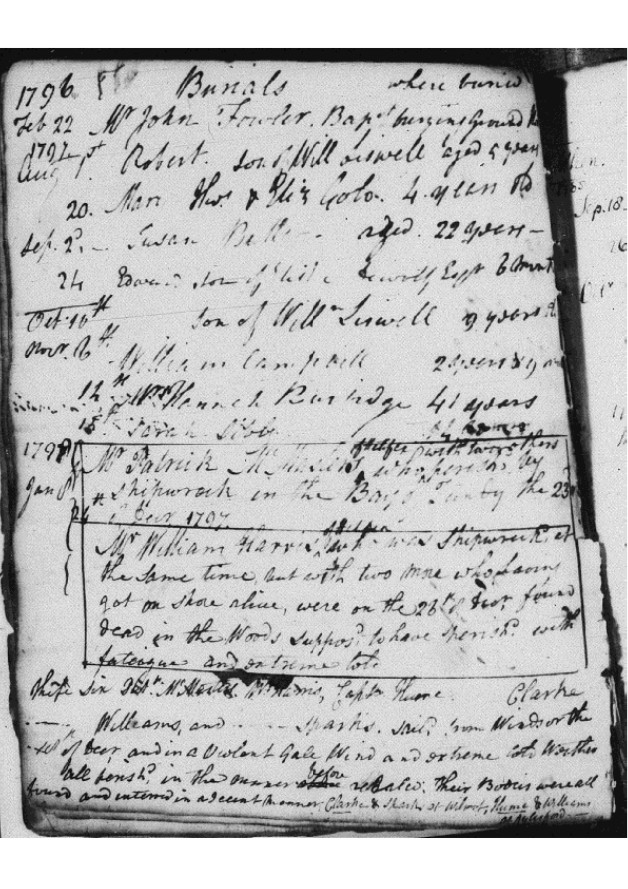- Submitted on
- 0 comments
Remarkable Baptisms
There are many interesting tidbits to be found among baptismal and burial records besides names and dates. For instance, the baptismal records of St. John’s Church in modern Port Williams, Nova Scotia, lists an individual as a “natural child,” who would have been born outside of marriage and publically labelled as such.

Also occurring in St. John’s Church records was an example of a child listed as property. James Burbidge was the slave holder in this case; he appeared on poll tax records for 1786 and in 1791 as a farmer, and was of pre-loyalist ancestry. The legal status of slavery in Nova Scotia and New Brunswick was never clear; the institution of enslavement slowly died out in the region and likely did not exist afte the 1820s.

Unusual Deaths
St. John’s Church records also recount several unusual shipwreck deaths within its burials list circa 1798 which were highlighted by the recorder using a box. The register of January 8, 1798 reads, “Mr. Patrick McMasters of Halifax who with [?] others perish’d by shipwreck in the Bay of Fundy the 23rd of Decr. 1797.” Then buried sixteen days later on January 24th, “Mr. William Harris of [Halifax] who was shipwreck’d at the same time, but with two more who having got on shore alive, were on the 26th of Decr. found dead, in the Woods suppos’d to have perish’d with fatigue and extreme cold.” They had all “sailed for Windsor the 10th of Decr. and in a Violent Gale Wind and extreme cold weather all perish’d in the manner before related; their bodies were all found and interred in a decent manner.” The dangerous nature of a life at sea, the livelihood for many Maritime men of the time, is shown by this incident that did not even occur in the open ocean.
The records of St. Paul’s Anglican Church in Halifax, Nova Scotia date to the year of the founding of the city in 1749. The early burial and marriage records show a significant presence of soldiers.


(Image courtesy CC-BY-SA-3.0 [http://creativecommons.org/licenses/by-sa/3.0/], via Wikimedia Commons)
The frequency of childhood death is apparent when browsing early burial records. The following entry included the burial of both a son and daughter on the same date.

Missionary Reports
By the turn of the nineteenth century, the population of the Maritimes was becoming established enough to support various Christian denominations, even within particular communities. The area was ripe for missionaries to acquire new converts. The very descriptive, florid style of the 1826 Methodist missionary report produced by Albert DesBrisay for the Sheffield, New Brunswick circuit was not uncommon for the period and religion. He wrote, “in the month of October last, about three months after the commencement of my labours, a spirit of inquiry was excited in a remote part of the circuit, among a very wicked and grossly ignorant people; the word of the Lord was thankfully received and proved as a hammer to break the rocky heart, as was manifest by floods of tears bedewing the cheeks of many sinners.” DesBrisay went on to be an influential figure in the establishment of the Methodist Church in the Maritimes.

Church records are a great example of the adage “you never know what you are going to find until you look.” Researchers should consider delving into church records for more than basic genealogical information, but also to fully understand the intricacies of the society which created them.
Note: All examples of material come from The Loyalist Collection. Please see our subject guide for Religion in The Loyalist Collection for more on this topic.
Sources
Harvey Amani Whitfield, North to Bondage: Loyalist Slavery in the Maritimes, Toronto: UCB Press, 2016.
Leah Grandy holds a PhD in History and works as a Microforms Assistant at the Harriet Irving Library.


Add new comment